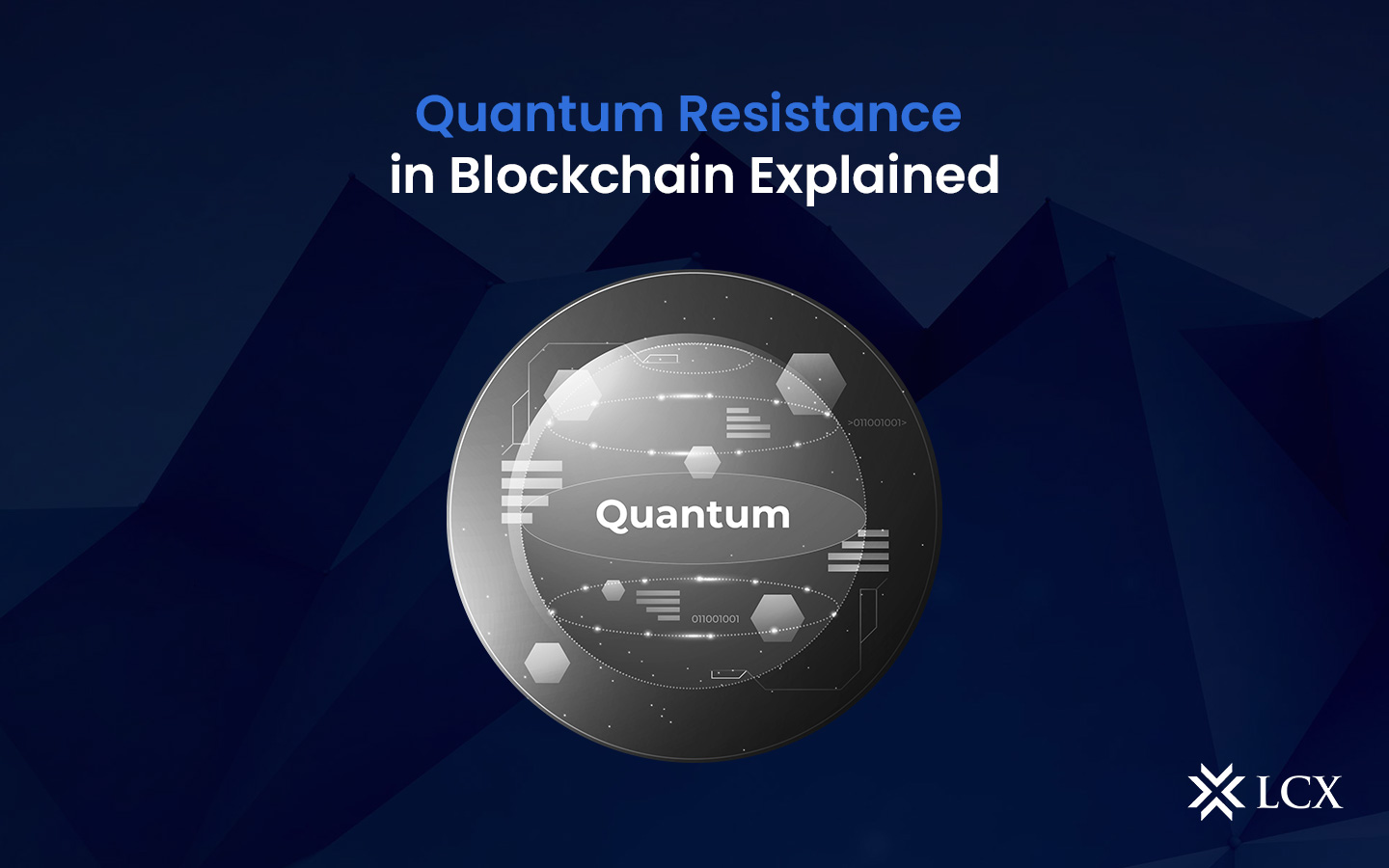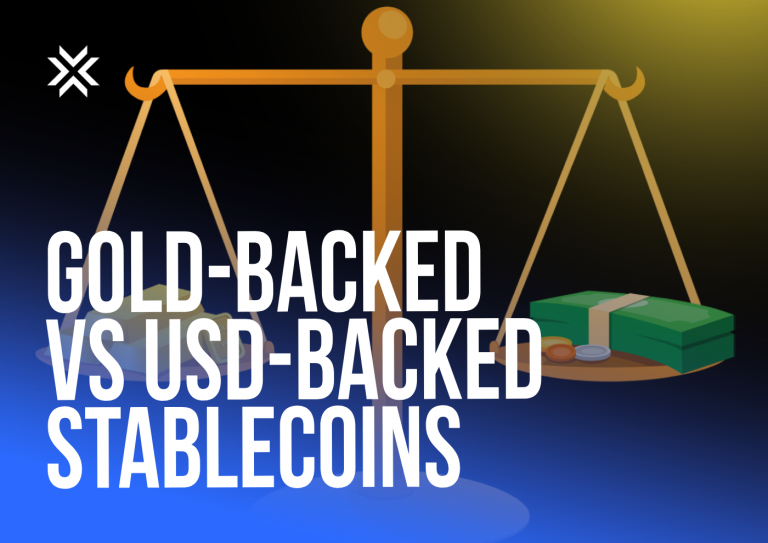Blockchain technology has revolutionized the world of finance and digital transactions, introducing a decentralized and secure way to conduct transactions and store data. However, as blockchain continues to evolve, it faces a looming threat from quantum computers, or, in other words, quantum computing—a technology that has the potential to break the cryptographic foundations of most existing cryptocurrencies.
Concerns about the impact of these powerful machines on the security of blockchain networks are intensifying as the field of quantum computing advances swiftly. With their ability to solve complex problems at an unprecedented rate, quantum computers could undermine the cryptographic foundations of existing blockchain technologies. This article analyzes quantum resistance in blockchains and the measures taken to ensure the security and integrity of these networks in a post-quantum computing era.
Understanding the Quantum Computing Threat
Quantum computers utilize the principles of quantum mechanics in order to execute computations that classical computers are incapable of solving efficiently. They use quantum bits, or qubits, as opposed to the conventional binary bits used by classical computers. As qubits can exist in multiple states concurrently, quantum computers are able to conduct multiple calculations in parallel. This capability, known as quantum parallelism, could enable quantum computers to solve complex problems, such as breaking cryptographic schemes, orders of magnitude quicker than conventional computers.
The cryptographic algorithms used to secure blockchain networks today, such as the widely used elliptic curve cryptography (ECC), are based on the premise that certain mathematical problems are too computationally intensive for traditional computers to solve in a reasonable amount of time. With the introduction of potent quantum computers, this assumption may no longer be valid. For instance, Shor’s algorithm, a quantum algorithm, can factor large integers and solve discrete logarithm problems significantly more efficiently than any known classical algorithm, potentially compromising ECC-based public-key cryptography.
Preparing Blockchains for a Quantum Computing Future
To address the potential threats posed by quantum computing advancements, researchers and developers are investigating the concept of quantum-resistant blockchains. These networks employ cryptographic protocols that are believed to be impenetrable by both classical and quantum computers. The objective is to develop blockchain systems that can withstand the computational prowess of quantum computers while maintaining the security and integrity of their networks.
Post-quantum cryptography, also referred to as quantum-resistant cryptography, is one method for attaining quantum resistance in blockchains. Post-quantum cryptographic algorithms are intended to be secure against both classical and quantum computer attacks. Lattice-based cryptography, code-based cryptography, multivariate cryptography, and hash-based cryptography are all based on mathematical problems that are believed to be difficult for both categories of computers to solve.
In addition to post-quantum cryptography, hybrid cryptographic schemes can be utilized to increase the quantum resistance of blockchains. Combining traditional cryptographic algorithms with post-quantum algorithms, these schemes seek to provide robust security while maintaining backward compatibility with existing systems. Hybrid schemes can serve as a transitional strategy for blockchain networks, enabling a progressive migration to quantum-resistant solutions.
The Urgent Need for Quantum Resistance
The realization that quantum computing could undermine the security of cryptocurrencies has led to a growing consensus within the blockchain community: the need for quantum resistance. Quantum resistance, in this context, refers to the development and implementation of cryptographic algorithms and techniques that are resilient to quantum attacks. It is a proactive approach to ensuring the long-term security of blockchain networks.
The Importance of Quantum Resistance
Preserving Asset Value: Cryptocurrency has emerged as a significant store of value and medium of exchange. To maintain trust in these digital assets, it is imperative to protect them from potential quantum threats.
Continued Innovation: The blockchain space is continually evolving. Quantum resistance ensures that innovation can continue without being hampered by concerns about the vulnerability of existing networks.
Long-Term Security: Cryptocurrencies are often seen as a long-term investment. Quantum resistance safeguards the value and security of these investments for years to come.
Strategies for Achieving Quantum Resistance
Developers in the blockchain space are actively working on strategies to achieve quantum resistance. Some of the key approaches include:
Post-Quantum Cryptography: Researchers are exploring cryptographic algorithms that are believed to be secure against quantum attacks. Examples include lattice-based cryptography, hash-based cryptography, and code-based cryptography. These new algorithms aim to replace vulnerable cryptographic methods currently in use.
Hash Functions: Transitioning to quantum-resistant hash functions is crucial. Bitcoin, for instance, relies on the SHA-256 hash algorithm, which is vulnerable to quantum attacks. Upgrading to quantum-resistant hash functions can mitigate this vulnerability.
Quantum-Safe Signatures: Signature schemes are integral to blockchain transactions. Quantum-safe signature algorithms like XMSS (eXtended Merkle Signature Scheme) and SPHINCS+ (SPHINCS Plus) are designed to withstand quantum attacks and are being considered for integration into blockchain protocols.
Hybrid Approaches: Some blockchain projects are adopting hybrid approaches that combine classical and quantum-resistant cryptography. These approaches allow for a gradual transition to quantum-resistant algorithms without disrupting existing networks.
Quantum-Resistant Blockchains: Entire blockchain networks are being designed with quantum resistance in mind. Projects like IOTA and Quantum Resistant Ledger (QRL) aim to provide quantum-resistant solutions from the ground up.
Conclusion
Quantum resistance in blockchain is not a luxury; it’s a necessity. As quantum computing continues to advance, the threat it poses to traditional cryptographic methods becomes increasingly real. The blockchain community must proactively address this threat to ensure the long-term security and viability of cryptocurrencies.
Developers, researchers, and blockchain enthusiasts are collaborating to explore and implement quantum-resistant cryptographic solutions. By transitioning to quantum-resistant algorithms, upgrading hash functions, and adopting innovative approaches, the blockchain ecosystem is actively working to safeguard the future of digital currencies.
In this era of rapid technological advancement, quantum resistance is a testament to the resilience and adaptability of blockchain technology. It ensures that the promise of decentralized, secure, and borderless financial systems can continue to thrive in the face of emerging challenges, ultimately benefiting individuals and industries worldwide.










